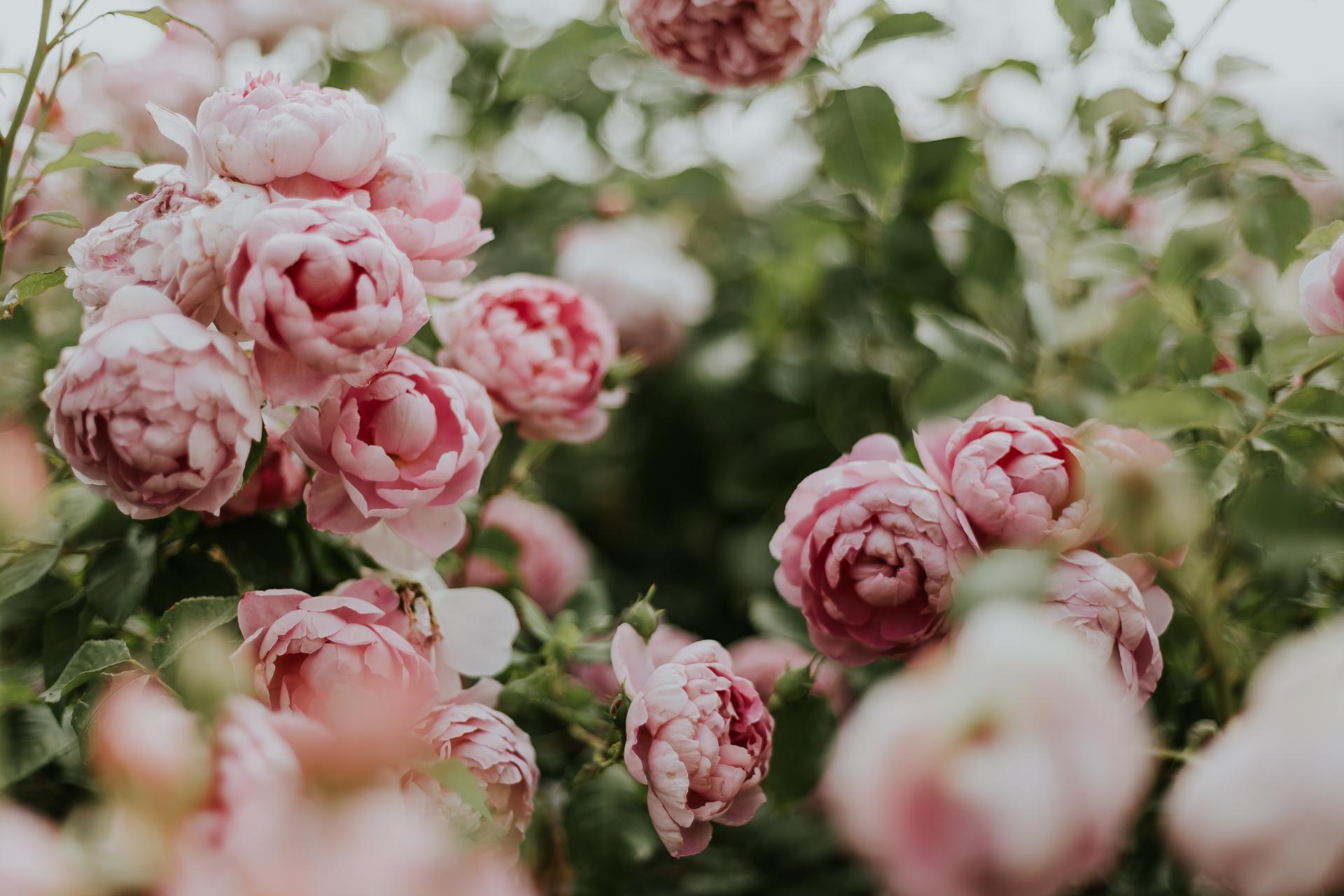You are here
Be a Better Gardener: Herbaceous Peonies
Be a Better Gardener: Herbaceous Peonies
by Thomas Christopher
Immediately after I completed my horticultural training back in the mid-1970s, I took a job restoring, as best I could, a beautiful old estate on the Palisade cliffs of the Hudson River. Designed by the Olmsted Brothers, the successor to the firm founded by the co-designer of New York’s Central Park, Frederick Law Olmsted, it had once been a showplace, but the landscape had declined sadly after the owners donated the property to Columbia University for use as a research campus in1949. For example, the structure of an Italianate walled garden remained, but all of the thousands of perennials that had flourished in it were gone. Except one: a herbaceous peony still emerged in spring to bear, around Memorial Day, large, ruffled white flowers with just a few flecks of carmine red at their centers. I eventually identified this as a specimen of ‘Festiva Maxima,’ a cultivar introduced into the nursery trade in 1851. When I first encountered this antique it must have been nearly 50 years old.
I’ve since been told many stories of other survivors, herbaceous peonies still flourishing even a century after planting. Not only are herbaceous peonies durable, they are also remarkably cold tolerant, flourishing as far north as USDA Zone 3, where winter temperatures drop, on average, to as low as -40°F.
The originals of these hardy garden plants had been bred from a wild species, Paeonia lactiflora, in China. Brought to western Europe in the mid-18th century, the herbaceous peonies crossed the Atlantic to the United States around 1800. These early peonies bore flowers in shades of pink to near-red and white, but over the decades, other species of peony have been interbred with the P. lactiflora descendants so that now herbaceous peonies also bloom in bright red, mahogany, coral, and yellow.
Herbaceous peonies are true perennials in that they die back to the ground in fall, and re-emerge in spring. Each cultivar blooms for just 7-10 days, but by mixing different types you can enjoy peonies’ extravagant blossoms for months. The lactiflora peonies collectively flower from late May to mid-June. In the Northeast, by including some of the newer hybrid types, you can push back the starting date to April.
So why am I writing about this spring flowering stand-by now? This, in fact, is shopping season for herbaceous peonies because as bare-root plants, they respond better to fall rather than spring planting. You can also purchase herbaceous peonies as container-grown plants, and these may be set out into the garden at any time during the growing season, but you will find bare-root peonies to be far more economical in price.
Place your orders with mail-order sources now. The peony growers will dig the plant from their fields after they go dormant, typically sometime in September or October. What you will receive then are clusters of fleshy roots with dormant buds or “eyes” on the upper surface.
Herbaceous peonies require a well-drained soil. Digging in a couple of inches of compost will benefit both clays and sandy soils. Locate herbaceous peonies where they will receive at least six hours of full sunlight daily. Be sure to also locate them at least three feet away from foundations and six to ten feet away from large shrubs and trees.
At planting time, excavate a hole large enough to accommodate the full spread of the dormant roots. Typically, a hole twelve inches in diameter and 12-to-18-inches deep will be adequate. If your soil is acidic, mix the excavated soil with enough lime to raise the pH to 6.5 to 7.0. Refill the center of the planting hole to create a cone over which you can spread the roots of the peonies. Make sure that the buds or “eyes” are facing upward and that when the hole is completely refilled they will be two inches below the soil surface but no deeper. Add the remaining soil, firming it in around the peony roots, and water well. Continue to water deeply at two-week intervals until the ground freezes. The following spring, continue to water during spells of rainless weather; although quite drought tolerant once established, peonies need this attention until rooted in. Feed the peony by scratching a handful of some balanced organic fertilizer into the surface soil before the shoots emerge in early spring. Some growers like to feed again after the plant has flowered. And that, as I learned at that former estate, is all the attention your peony should require for a long and colorful life.
Be-a-Better-Gardener is a community service of Berkshire Botanical Garden, located in Stockbridge, Mass. Its mission, to provide knowledge of gardening and the environment through a diverse range of classes and programs, informs and inspires thousands of students and visitors each year. Thomas Christopher is a volunteer at Berkshire Botanical Garden and is the author or co-author of more than a dozen books, including Nature into Art and The Gardens of Wave Hill (Timber Press, 2019). He is the 2021 Garden Club of America's National Medalist for Literature, a distinction reserved to recognize those who have left a profound and lasting impact on issues that are most important to the GCA. Christopher’s companion broadcast to this column, Growing Greener, streams on WESUFM.org, Pacifica Radio and NPR and is available at berkshirebotanical.org/growinggreener.
Help Our Garden Grow!
Your donation helps us to educate and inspire visitors of all ages on the art and science of gardening and the preservation of our environment.
All Donations are 100% tax deductible.


